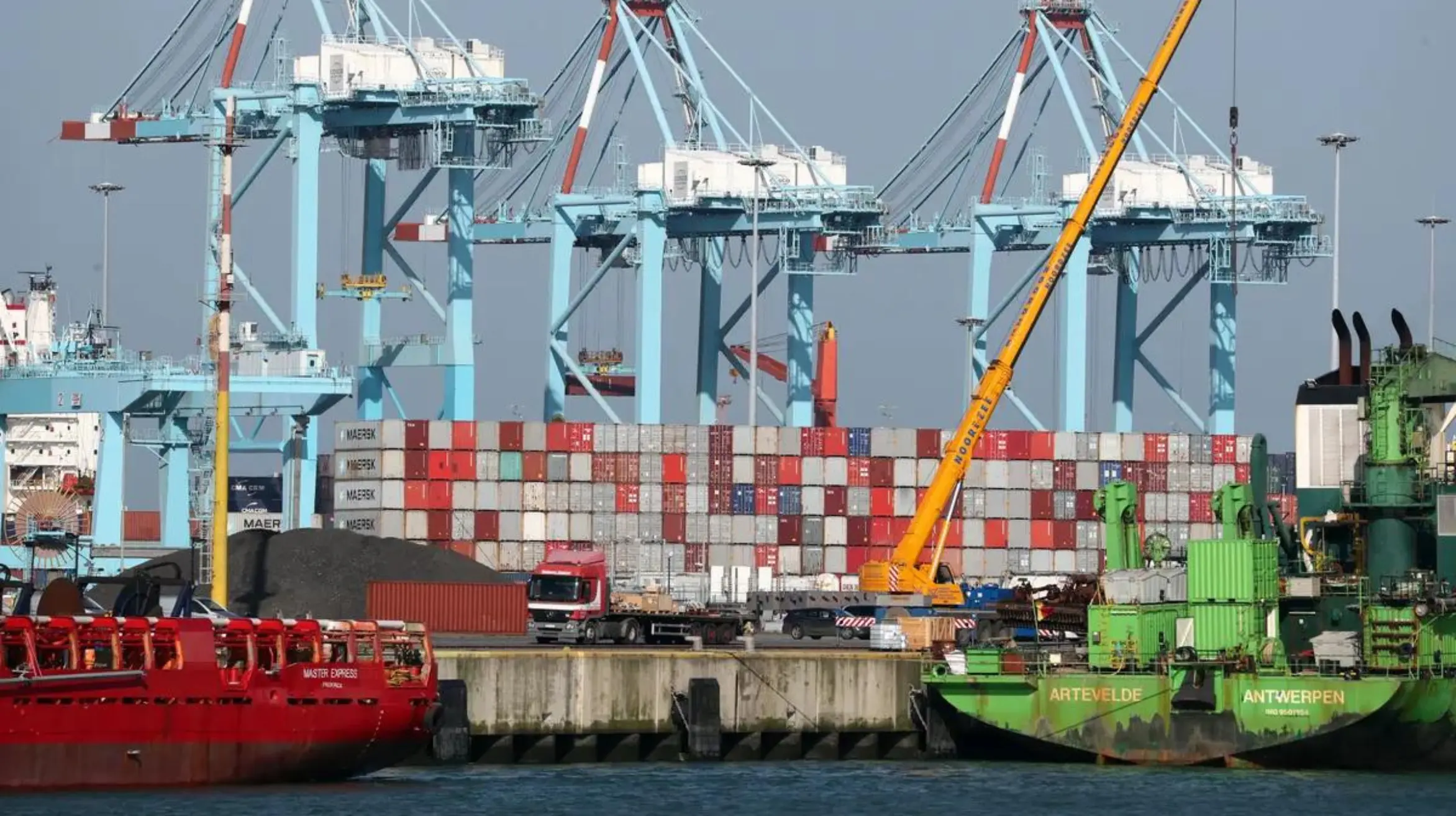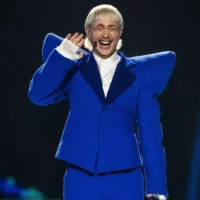Brussels (Brussels Morning) – The largest carport in the world, Zeebrugge, is struggling with docks that are far too full. There are 70,000 cars parked at the ICO terminal, many of which have not yet been sold. “Not only Chinese but also European brands produce too much.”
How Many Cars Are Parked at Zeebrugge’s ICO Terminal?
The terminal spreads over almost the entire inner port of Zeebrugge. There are four boats moored and more than 70,000 cars parked there, delaying for a ship, train or truck to take them to a buyer. At least if that buyer is there. “We have room for 80,000 cars here. In Antwerp, we have a terminal for 40,000 cars. For the terminal to work properly, it must only be 80 per cent occupied. Now we are above 90 percent. As a result, we cannot unload the vehicles via the shortest routes. And yes, many of the cars you see here do not yet have a buyer,” sighs Alain Guillemyn, CEO of ICO.
What Factors Contribute to Zeebrugge’s Dock Congestion Issue?
Guillemyn attributes the particular that his terminal is too full to falling demand. “Due to the recession and inflation, people worldwide are buying fewer cars. Manufacturers continue to produce too much, causing the number of unsold cars to accumulate.” Guillemyn denies that only Chinese manufacturers make cars without there being a buyer. “European brands are more likely to produce only to order, but not always. Their factories have to keep running, so they also have unsold cars.”
ICO is an element of the Japanese group NYK but operates as a fairly independent entity from Belgium. “Last year we shipped 2.5 million cars from Belgium. The year before that was 2.35 million.”
That 2.5 million breaks down into approximately one-third of imports, one-third of exports and one-third of transhipment: cars that arrive from Asia on a large ship, for example, and are picked up by a smaller ship that sails to Sweden. “Zeebrugge is a hub with both intercontinental and regional shipping lines. All those lines branch out here, making the port increasingly popular with manufacturers.”
Most cars go onto a truck trailer. “About 1,000 trucks leave here every day, some of which travel far into Central Europe. The train is also becoming more popular, with about 15 car trains per week.” According to Guillemyn, the shortage of drivers and trucks – a major problem in recent years – has been largely solved by better working conditions for drivers and investments in more trucks.
A mile-long tour shows that almost all brands are customers of ICO. In addition to the traditional European brands, there are many Asian brands and sturdy American-made pick-ups. About 16 per cent of the cars handled at the terminal are fully electric. Eleven wind turbines at the terminal must generate energy to charge those e-cars.
Apart from a few rows of electric cars, there are not many Chinese cars to be seen. “Yes, more and more Chinese electric brands are coming to Europe, but the news that it is full of Chinese cars here has been greatly exaggerated.”
What Strategies is Zeebrugge Employing to Manage Overflow?
ICO tries to prevent manufacturers from seeing the terminals too much as a cheap parking place for unsold cars. “We charge extra costs if cars are left parked for too long. Moreover, we do not accept cars for export if they are not shipped within fourteen days.” The crowded terminal frustrates Guillemyn for another reason. “We now often have to say no to customers because we don’t have room. They move to other ports, which try to steal market share from us.” The CEO refers to the Chinese brand BYD, which made the news a few weeks ago when it started unloading cars in the port of Vlissingen (part of North Sea Port) with its own ship. Le Havre and Dunkirk in France are also trying to benefit from the congestion in Zeebrugge.
What Solutions is Zeebrugge Pursuing to Expand Capacity?
For Guillemyn there is a clear solution to the capacity problem: growth. This is hardly possible horizontally, because the terminal already leans against the A11, which separates the port area from the polders behind it. According to the CEO, the terminal must be launched. He wants to build large multi-storey parking units in ICO’s car parks, capable of handling up to 6,000 cars per unit. He hopes to expand the capacity by about 30,000 to 40,000 places.
What Challenges Does Zeebrugge Face in Obtaining Expansion Permits?
“The permit applications have been submitted for a long time, but it is taking an awfully long time. We have prepared an environmental impact report of more than 300 pages in which we map everything from the birds flying overhead to what is underground. We are not yet sure whether we will receive the permit, even though this is an industrial area. We are not doing well in that area in Belgium. France shifts much faster. I’m afraid we’re losing our momentum.”
Guillemyn hopes to recruit more people. Now ICO has 1,250 employees. But the CEO still sees a major benefit from the expansion for Belgium: additional import tariffs. “In most cases, cars coming from outside Europe are subject to a European import tax of 10 percent. The country where the cars enter can keep 20 percent of it. So the treasury benefits if many cars from outside Europe are imported into Zeebrugge or Antwerp.”



